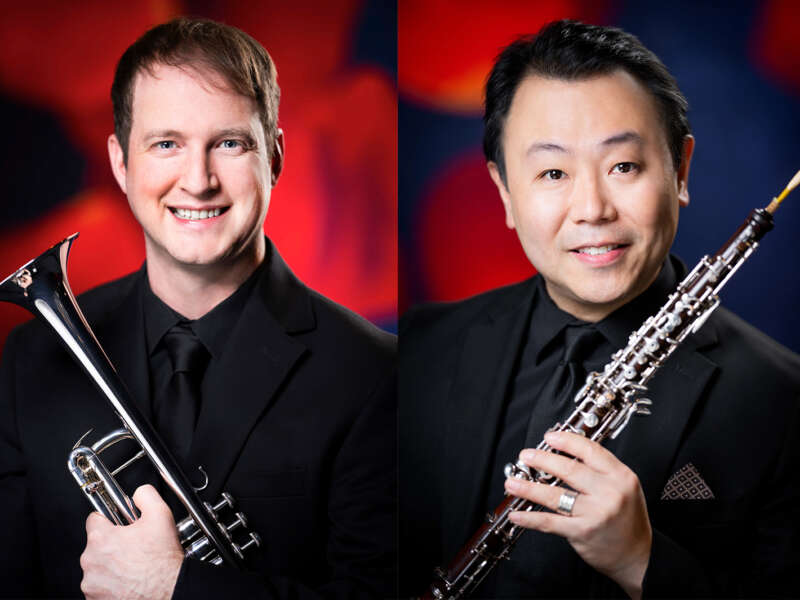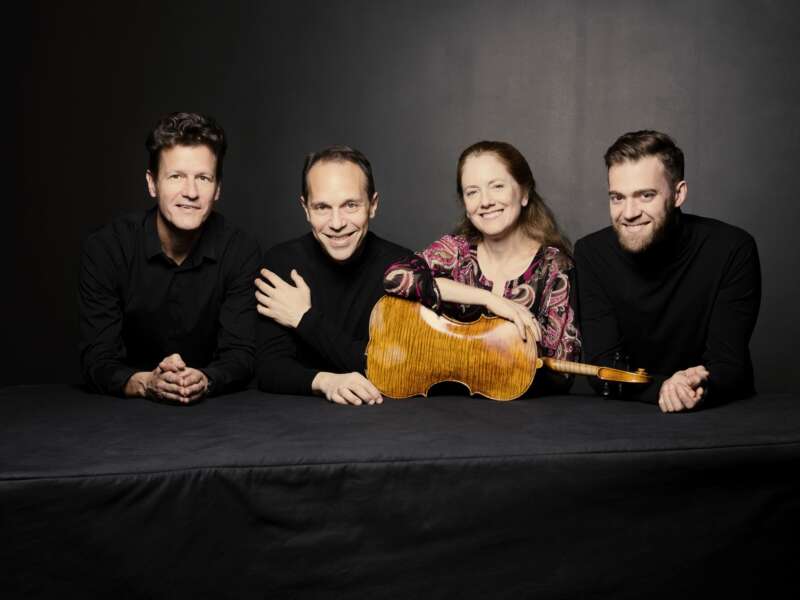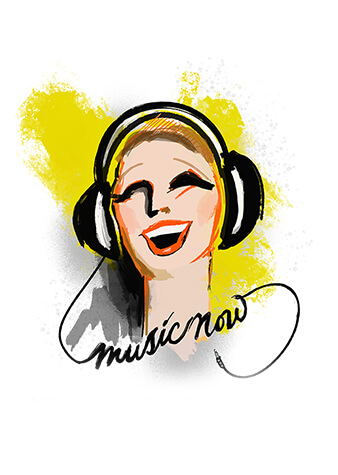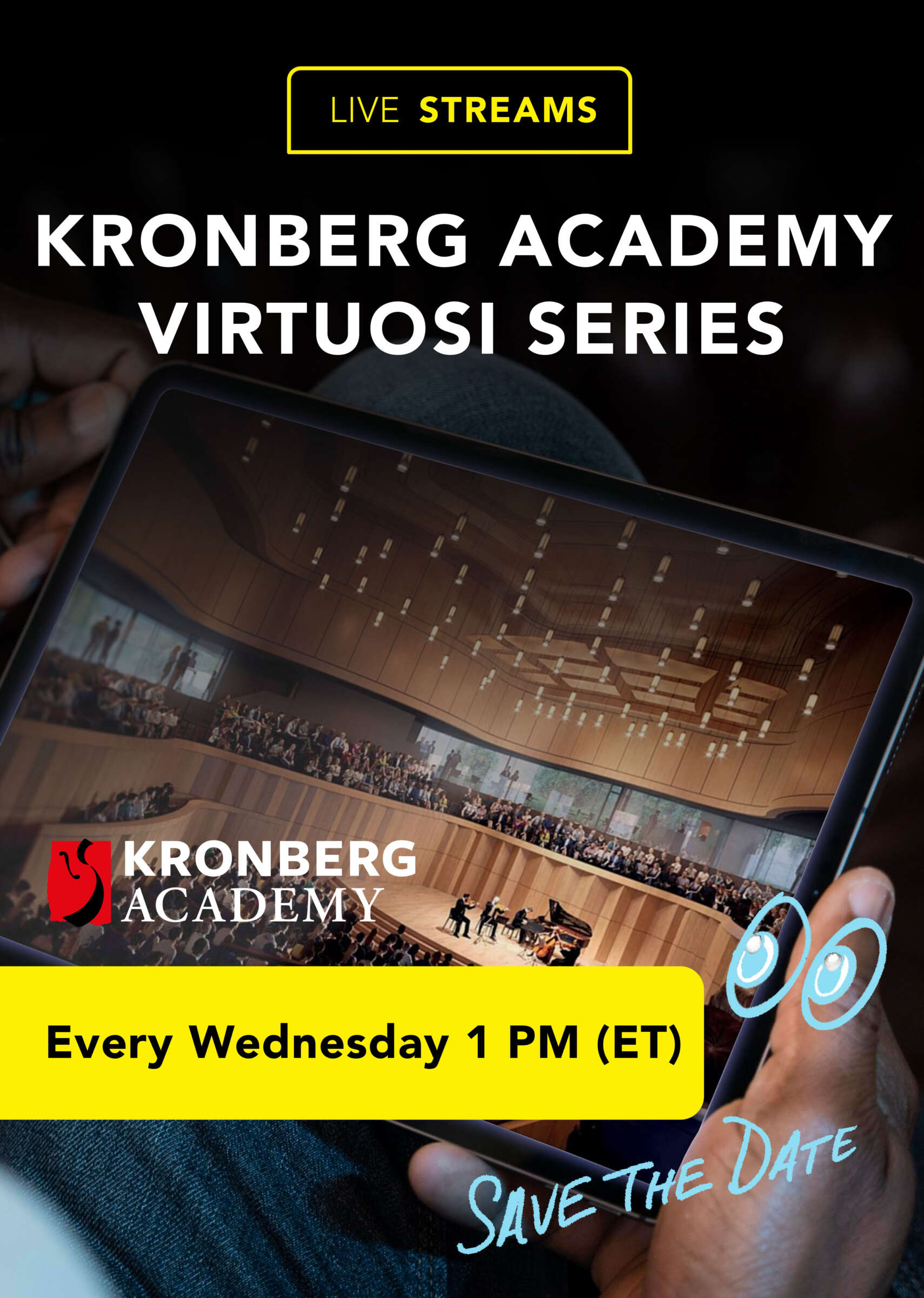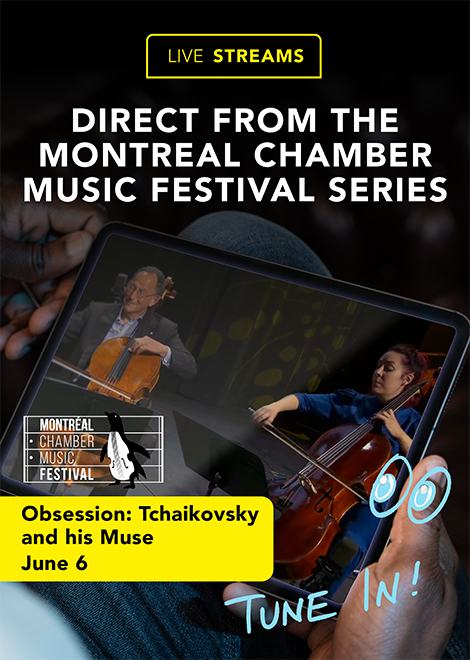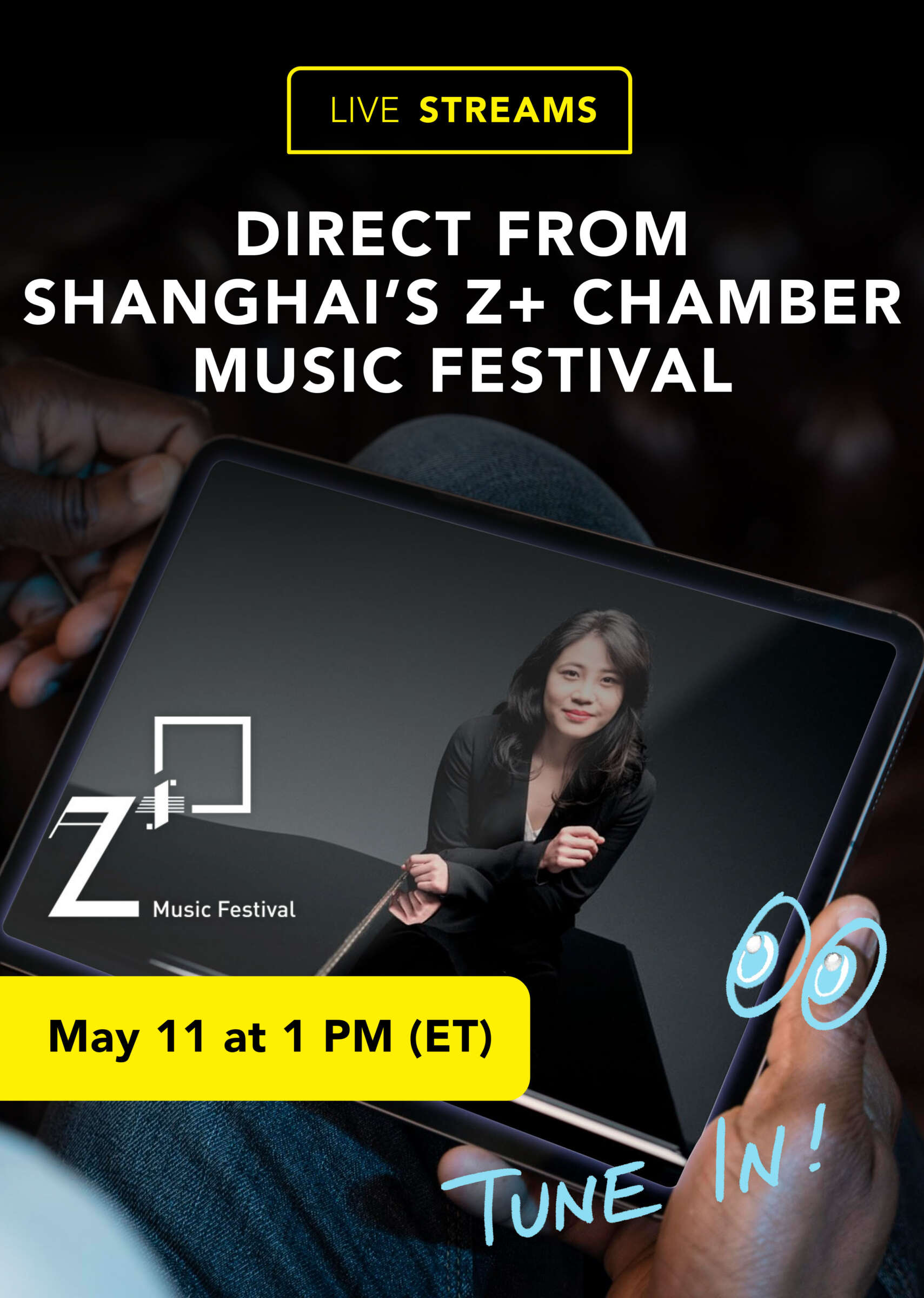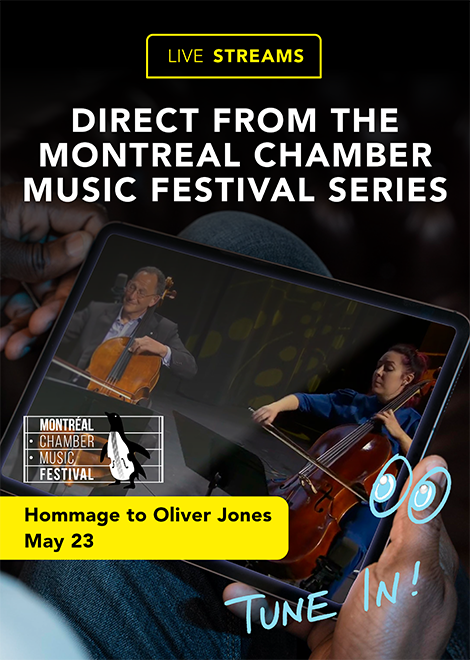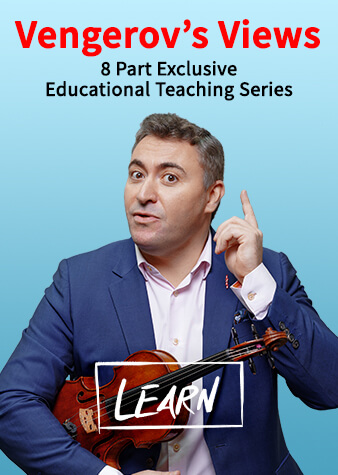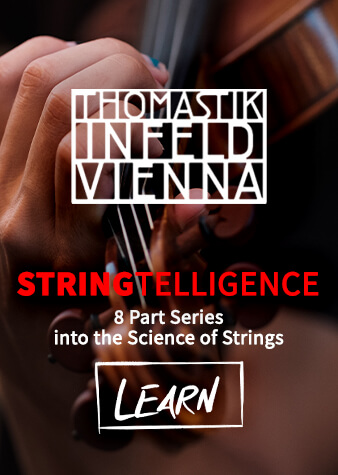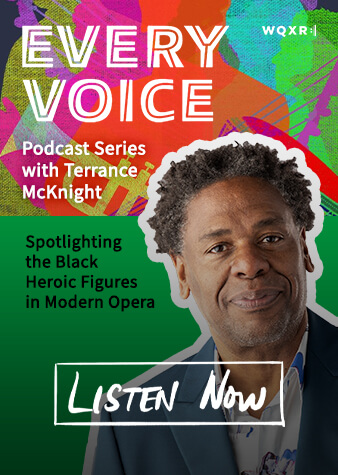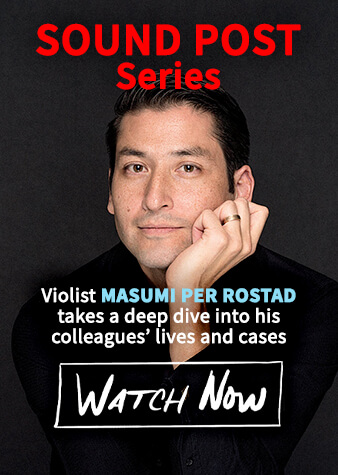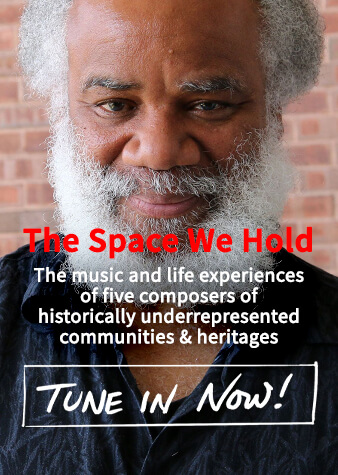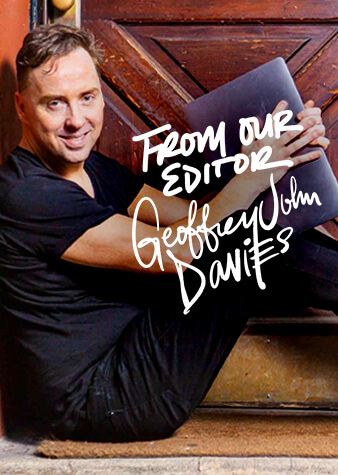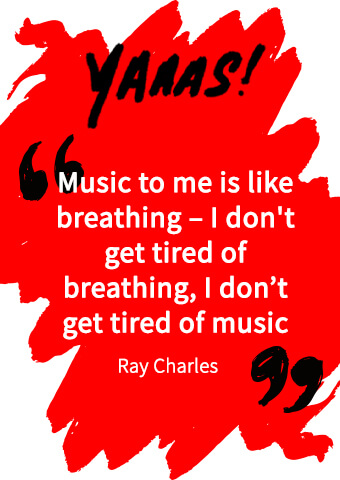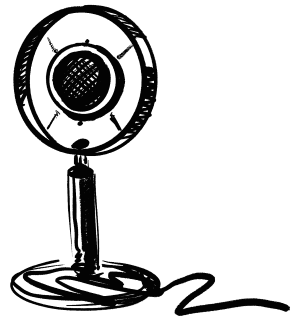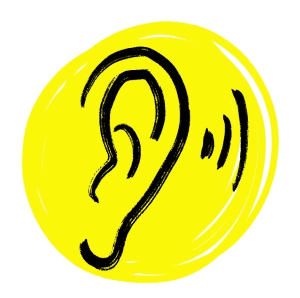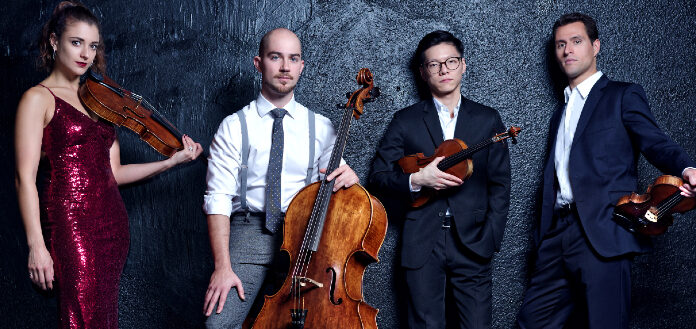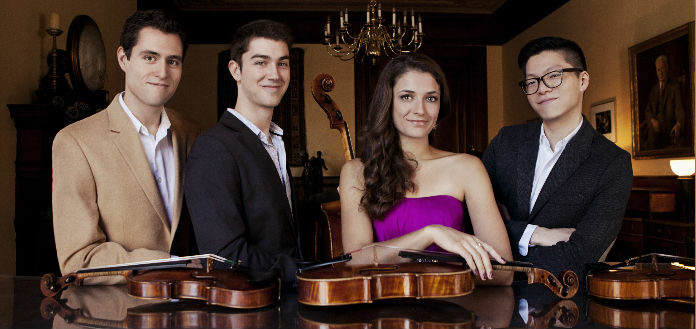Violist James Dunham on What Chamber Music Does For a Student’s Playing
"How important is chamber music? What does it really do for a student’s playing?" We threw the question over to viola pedagogue James Dunham to seek his advice.
To be an all–rounded musician, one has to be a chamber music player as well. The whole idea of "music making" is to collaborate with other musicians to create an organic whole, though, there are also works for solo instruments. By learning to listen to others in chamber music rather than being solely focused on our own soloistic performances, we immediately become better musicians. How crucial then is chamber music in the development of a student's playing? VC reader Sabrina was keen to know.
Can you share with us some of your favorite chamber music to listen or perform? Have you faced any difficulties while trying to form a chamber music group? Please leave a comment below, we are keen to know your thoughts.
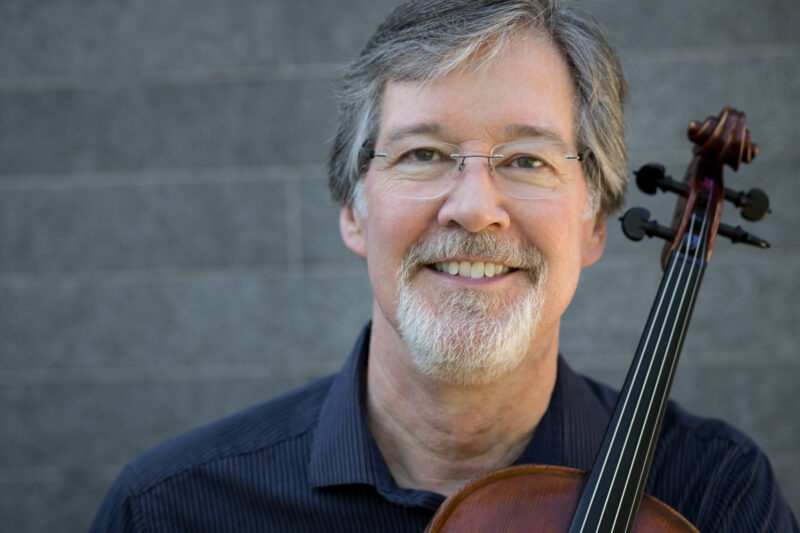
(Photo Credit: Natalie Gaynor)
Violist James Dunham on How Chamber Music Develops a Student’s Playing
Dear Sabrina,
Perhaps first and foremost, Chamber Music fosters the art of “listening” – not the kind that merely “hears” the linear melody or vertical chord: I’m speaking of truly deep listening that involves sonority, blend, harmonic tension/release, colors that can shift in only a few notes. It is intricate, emotional, meaningful.
In a similar way, this also requires truly hearing your colleagues! Chamber music is, after all, a shared and collaborative art form, and it involves a fascinating pairing of self-confidence combined with real diplomatic skill. As a touring musician, I was often challenged by non-musicians who had trouble understanding the subtlety involved in making music in a string quartet.
Inevitably, the main question was “How can you stand all the compromises you have to make?” The answer was that we must be able to move beyond compromise and rise to the level of collaboration. If we only have the choice of “my idea” OR “your idea,” one of us will be unhappy for sure! If we simply combine portions of each idea and “try hard,” most likely we will both be “half-happy,” which is to say: completely UNhappy!
IF, on the other hand, we explore both ideas, try them with true honesty and strive to understand each possibility, in many (most?) cases you come out with something more dynamic, more compelling than either of us would have discovered on our own.
Add two or three more people, and this exploration is expanded exponentially! Granted, it requires very open and willing musicians, capable of stepping aside from “ego,” to go beyond any single idea. The challenge may be great, yet the rewards are without parallel.
Mutual respect is a must, of course, and all this exploring takes time. Leadership and language skills are developed, enhanced, and honed along the way. Of particular interest is the growth of refined technical skills that allow intricate voicing within the ensemble. Sounds that are too “opaque,” which muddy the clarity of the ensemble, are often criticized as “too loud or too soft.” If only corrected by changing the dynamic, these sounds simply remain opaque, just at a new dynamic level. If, on the other hand, the sound is made “clear,” often the original dynamic was not the actual issue, only that the clarity was lacking. For now, of the myriad possible challenges and solutions, I will offer only a single example. Let’s say the issue is playing an accompanying passage “too loud” – chances are the bow weight is too much and/or bow speed too slow. If one then plays a bit closer to the bridge with a slightly lighter, quicker stroke, the high overtones are enhanced, the slightly muddy quality of the former stroke is relieved, and the melody can be heard “through” this more transparent sound without losing the presence of the accompaniment!
Another wonderful awareness that comes from chamber music study is identifying who your musical partner is at any given moment. In terms of a string quartet: Is this a 4-way blend? Are the middle voices a “duo” with top and bottom around them? Perhaps it’s a 1st violin solo, with the lower voices operating as a “trio.”
So many options, so many potential solutions! It means, therefore, learning to study the score and use your ears!
Briefly, what have we learned so far?
-How to listen deeply as a musician.
-How to listen deeply as a person!
-How to share, collaborate and be supportive.
-How to express oneself in an articulate, musical, emotional and compelling manner.
-How to lead from any seat in the ensemble.
-How to support from any seat in the ensemble!
Does this enhance the student’s playing in other areas? How can it not! As a soloist, even playing an unaccompanied work takes on a new character, and collaborating with a sonata partner reveals new depths to the harmonies and shared melodies and concepts. And as an orchestral player, suddenly the role of blending within a section takes on new meaning (and the ability to accomplish it!), the connections between sections begin to make more sense, and the conductor is thereby enabled to ask more of the orchestra without needing to explain the “how” of it, just the “why.”
Years ago at the Chamber Music America National Conference in New York City, I was asked to give a presentation on how I coach a chamber ensemble. I was incredibly fortunate to have the then up-and-coming (and soon to be prize-winning!) Pacifica String Quartet as my “guinea pig” ensemble and we worked through all the things I’m discussing here. At the end, a woman came over to say how much she enjoyed the session. “But,” she continued, “you weren't only talking about music…you were talking about LIFE!”
This is what Chamber Music can mean to students of all ages.
Best regards,
–James
Do you have a burning question for one of the Pros? Simply email: [email protected]
Violist James Dunhams’s rich background includes having been a founding member of the Naumburg Award-winning Sequoia String Quartet and subsequently violist of the Grammy Award-winning Cleveland Quartet. An impassioned advocate of new music, he has premiered and recorded many works written for him: his recording of Judith Shatin’s “Glyph” for solo viola and piano quintet was praised by Fanfare Magazine as “reverent…beautifully, skillfully written” and “the playing here by soloist James Dunham is stunning: resonant and vital.”
may 2024
june 2024


